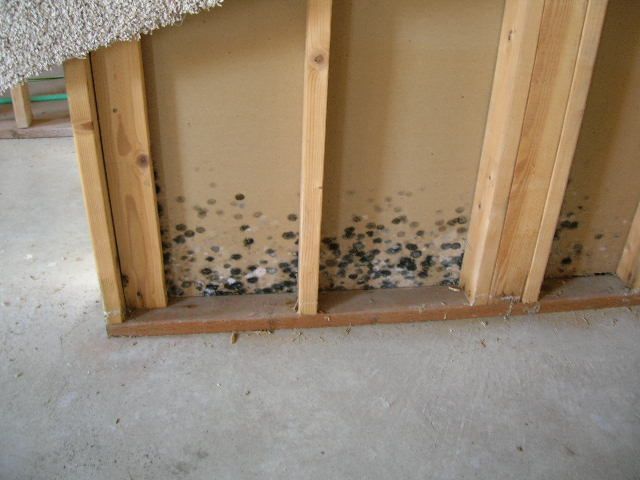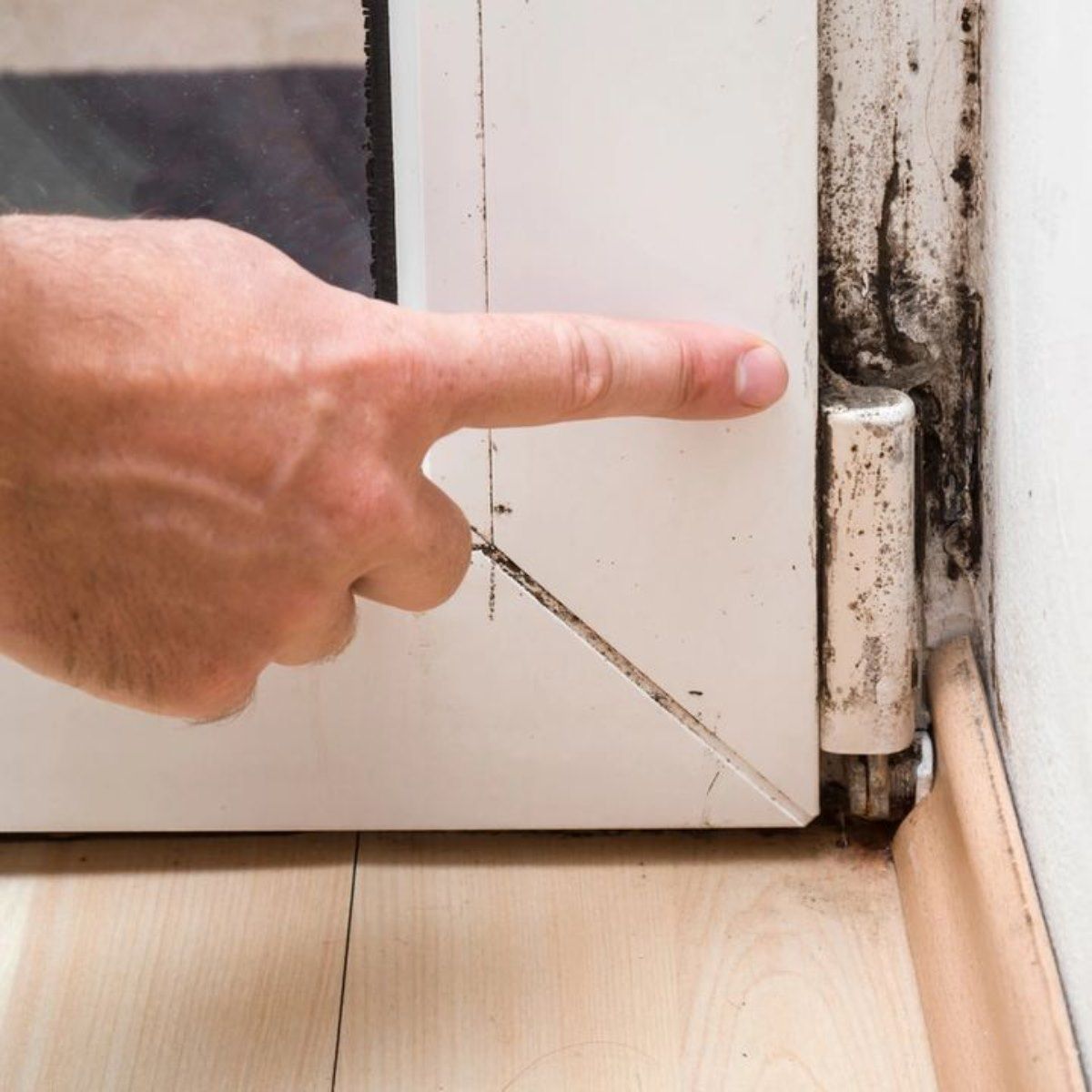Musty, Mildew Odors: If You Can Smell Mold, It's There
Musty, Mildew Odors: If You Can Smell Mold, It's There

When your home smells off, trust your nose—mold is never far behind.
I recently visited a beautifully remodeled home nestled high in the rolling hills of San Diego County. With stunning views and crisp mountain air, it looked like a dream home—until I stepped inside.
The moment I walked through the front door, all that charm disappeared. I was hit with a powerful odor: a mix of sulfur, dirty gym socks, and rancid wine. That unmistakable musty, mildew-like smell overwhelmed everything. The homeowners, who had just moved in two months prior, told me they’d been sick ever since—headaches, fatigue, breathing issues, even their pets were suffering.
When the Nose Knows: Mold Doesn’t Always Show
Despite the pungent odor, there was nothing visible during the initial walkthrough. No water stains, no visible mold. But experience told me that when a smell this strong lingers, there’s mold somewhere—even if you can’t see it.
Using thermal imaging and moisture detection tools, I located a large area of high moisture in the hallway walls. That hallway just so happened to back up to the master bathroom, where a Jacuzzi tub and shower had been leaking—likely for a long time. The remodeling team apparently did beautiful surface work, but the plumbing underneath was anything but professional.
What We Found Behind the Wall
The photo in this post shows the wall where a repair contractor had already cut a small inspection hole after suspecting a leak. When he saw black spots inside the wall cavity, he wisely stopped, sealed it back up, and recommended calling a mold inspector. That’s when AMI got involved.
I removed just the baseboard—and that was enough.
Behind it was a thick, furry layer of black mold, spanning the wall and baseboard with that telltale stench. Lab testing confirmed Stachybotrys, Chaetomium, and several other highly toxic molds. Airborne spore levels were off the charts. Spores had already settled on the homeowners' furniture, clothing, and personal items—all in just two months.
Mold Smell = Mold Problem
Most people become nose-blind to the odors in their own homes. That’s why it's so important to pay attention when you come back after being away—even for just a few hours.
If you notice a musty, sour, or mildew-like odor, especially near bathrooms, basements, or recently renovated areas, don't ignore it.
If you can smell mold, it’s there somewhere.
Don’t Wait for Symptoms to Get Worse
Mold can grow behind walls, under flooring, or inside HVAC systems without ever making itself visible. But your body will notice before your eyes do: headaches, fatigue, breathing issues, rashes, cognitive problems—all are common symptoms of exposure.
✅ Trust your instincts
✅ Schedule an inspection
✅ Get reliable testing
✅ Protect your home and your health
Need help identifying the source of indoor mold?
Call AMI Environmental Testing at 760-845-7789 or submit a contact form. We’ll locate the source, test the air, and help you create a plan for a safe and thorough remediation.

